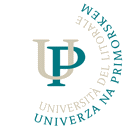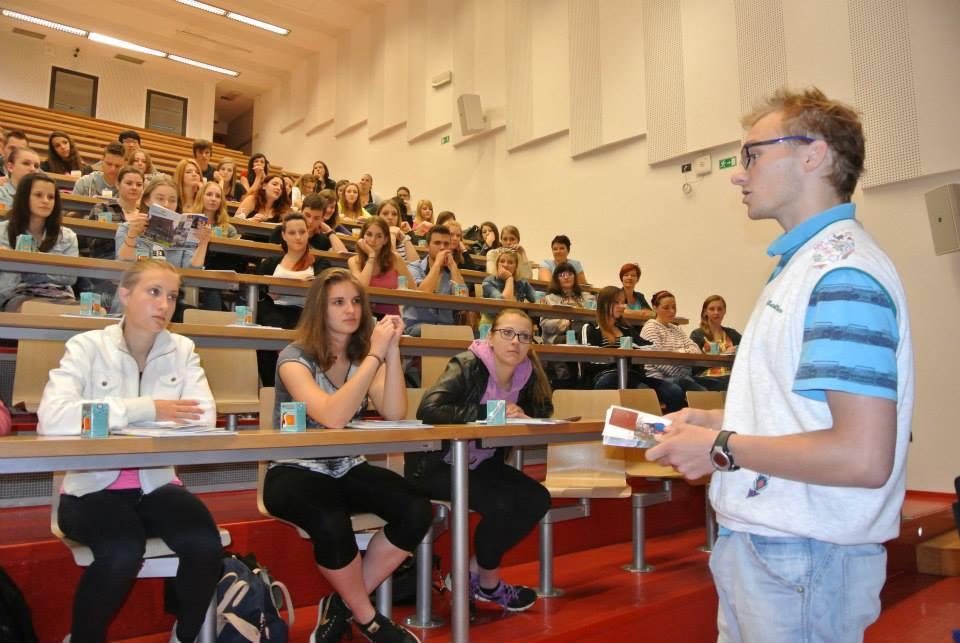university of primorska

The University of Primorska, the third university to be founded in Slovenia, was established in 2003 as one of the major projects entrusted to the Primorska region by the the country of Slovenia after it had become independent. As a border-region educational institution, the university welcomes international exchange.

BEGINNINGS
The establishment of the University of Primorska in 2003 created an autonomous academic route for the region that intellectuals and the wider coastal community had longed for since the post-war years. From the beginning, UP's goal has been to grow and strive for excellence.
The mission of the University of Primorska is to carry out education and scientific research in a professional and creative manner and to support the balanced development of Slovenia in the region, Europe, and globally. Its activities are in line with the national programme for higher education, the national research and development programme, strategic documents of the Republic of Slovenia, and guidelines for the development of a common European higher education and research area, with a particular emphasis on the Mediterranean region.

EDUCATION
Studies at the University of Primorska are organised at 6 faculties: the Faculty of Humanities, the Faculty of Management, the Faculty of Mathematics, Natural Sciences and Information Technologies, the Faculty of Education, the Faculty of Tourism Studies Portorož – Turistica, the Faculty of Health Sciences, and the Faculty of the Built Environment. Around 6000 students are enrolled in the 74 study programmes of the University of Primorska. Faculties of the University of Primorska offer high-quality, diverse, and engaging studies.
AREAS OF STUDY
- Teacher Training and Education Science
- Arts
- Humanities
- Social and Behavioural Science
- Business and Administration
- Law
- Life Sciences
- Mathematics and Statistics
- Computing
- Engineering and Engineering trades
- Architecture and Building
- Agriculture, Forestry, and Fishery
- Health
- Personal Services
- Environmental Protection

RESEARCH
Scientific research at the University of Primorska is carried out at all faculties and at the research institute, which is unique among Slovenian universities. Research is undertaken within national research programmes, basic and applied projects, and targeted research programmes; at the international level, research work is undertaken with bilateral cooperation and in the context of European and other international programmes or projects.
The University has 16 registered research groups with more than 500 researchers. Research and development work is conducted in the following areas: social sciences, humanities, natural sciences, technical sciences, medical sciences, biotechnical sciences, and interdisciplinary research.

RESEARCH AREAS
- Mathematics
- Computer and Information Sciences
- Chemical Sciences
- Earth and related Environmental sciences
- Biological Sciences
- Engineering and Technology
- Health Sciences
- Agriculture, Forestry, and Fisheries
- Agricultural Biotechnology
- Psychology
- Economics and Business
- Educational Sciences
- Sociology
- Law
- Political Science
- Social and Economic Geography
- Media and Communications
- History and Archaeology
- Languages and Literature
- Philosophy, Ethics, and Religion
Since the University of Primorska is situated in an environment that is highly heterogeneous in respect of its national, cultural and historical tradition, it is particularly suited to openness and integration.
The internationalisation of UP is based on:
- Acquiring talented foreign students
- Integration of foreign lecturers, researchers, and experts in the study and research process
- Promoting international mobility of students and lecturers
In addition to courses in foreign languages that are primarily intended for foreign exchange students, UP also offers classes in English in the fields of mathematics, computer science, management, and tourism. International students enrolled in UP represent 3.4 percent of all enrolled students, similar to the percentage of foreign experts among employees. 5 percent of students are enrolled in bilateral student mobilities (“incoming” and “outgoing”).
